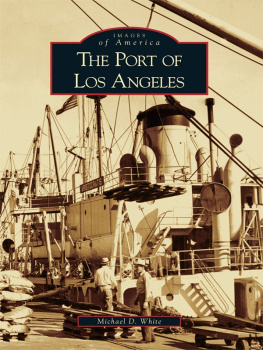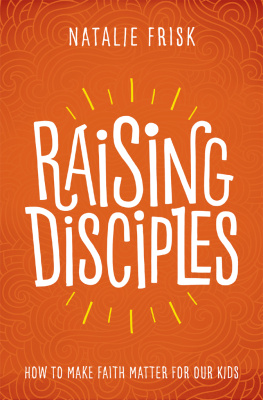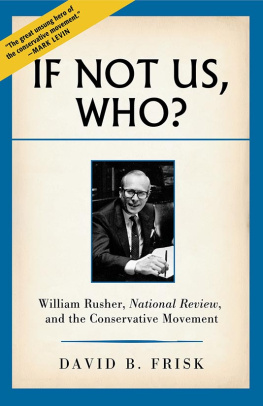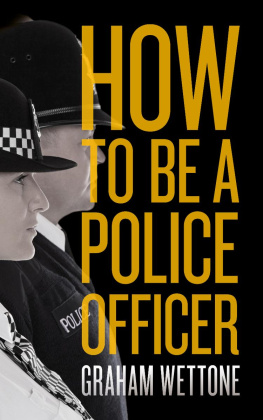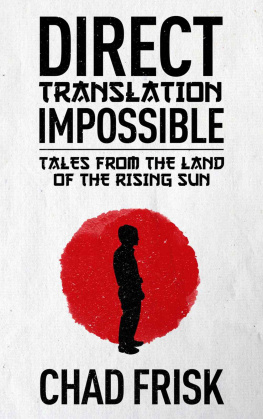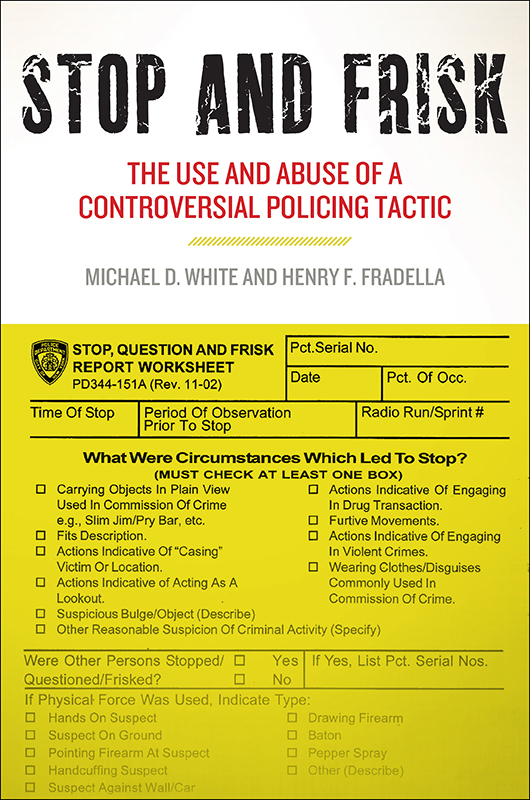
Stop and Frisk
Stop and Frisk
The Use and Abuse of a Controversial Policing Tactic
Michael D. White and Henry F. Fradella

NEW YORK UNIVERSITY PRESS
New York
NEW YORK UNIVERSITY PRESS
New York
www.nyupress.org
2016 by New York University
All rights reserved
References to Internet websites (URLs) were accurate at the time of writing. Neither the author nor New York University Press is responsible for URLs that may have expired or changed since the manuscript was prepared.
Library of Congress Cataloging-in-Publication Data
Names: White, Michael D. (Michael Douglas), 1951 author. | Fradella, Henry F., author.
Title: Stop and frisk : the use and abuse of a controversial policing tactic / Michael D. White and Henry F. Fradella.
Description: New York : New York University Press, [2016] | Includes bibliographical references and index. | Also available as an e-book.
Identifiers: LCCN 2016015952| ISBN 9781479835881 (hbk ; alk. paper) | Subjects: LCSH: Stop and friskUnited States. | Stop and friskUnited StatesHistory. | Stop and friskLaw and legislationUnited States. | Stop and friskNew York (State)New York. | Police discretionUnited States. | Racial profiling in law enforcementUnited States.
Classification: LCC HV8080.P2 W45 2016 | DDC 363.2/3dc 3
LC record available at https://lccn.loc.gov/2016015952
New York University Press books are printed on acid-free paper, and their binding materials are chosen for strength and durability. We strive to use environmentally responsible suppliers and materials to the greatest extent possible in publishing our books.
Manufactured in the United States of America
10 9 8 7 6 5 4 3 2 1
Also available as an ebook
Contents
(with Weston Morrow)
We would like to extend our thanks to Dr. Weston Morrow for his collaboration with us on the chapter on the impact and consequences of stop and frisk in New York and elsewhere. Westons dissertation has significantly improved our understanding of the dynamics of SQF in New York City, particularly with regard to use of force, and we are proud to have him as a co-author of chapter 4. We are also grateful for the editorial contributions of Natalie Todak and Megan Parry. And we sincerely appreciate the guidance and support of Ilene Kalish and the staff at New York University Press.
MDW and HFF
I would like to offer my sincere gratitude to Hank Fradella, co-author of Stop and Frisk. Hank is a wonderful colleague and friend, and his insights, contributions, and legal knowledge have improved the book immensely. Stop and Frisk is my fourth book. When I wrote the first book, my kids (Devon, Gabi, and Logan) were eight, five, and three. Now they are eighteen, fifteen, and thirteen. The last decade seems to have gone by in the blink of an eye. So much has happened, and I would not trade away a single memory. And to my wife, Alyssa: you and I are like an expensive bottle of fine wine that continues to improve with age (even though our preference leans toward the $8 bottle). This book, like everything I do, is dedicated to my family.
MDW
First and foremost, I want to thank my colleague and friend Mike White, for inviting me to be a part of this book. Many researchers in our field pigeonhole each other as falling into a particular camptheoretical criminology or applied criminal justice, with the latter including areas such as policing, corrections, and particular subfields, such as homicide studies, sex crimes, terrorism, and so on. Some of our colleagues view legal scholarship as being completely foreign to criminology. Worse yet, they embrace a disciplinary distinction in ways that are dismissive to both traditional legal scholarship and social-scientific legal studies. Mike White is a rare breed of scholar who does not look at such superficial differences. Rather, he seeks out commonalities and actively builds bridges in ways I appreciate deeply. Collectively, he and I both believe that our collaborationone between a policing scholar and a legal scholarallowed us to produce a book that is stronger than it would have been without the insights and contributions of the other. We hope our efforts improve our collective understanding of a complex and vexing social issue.
Second, this is my ninth book. It was, by far, the easiest collaboration with a co-author in which I have ever had the pleasure of engaging, thanks to Mike and Weston.
Finally, I thank my familyespecially my husband, Kylefor putting up with the long hours I spend at my computer. I dedicate this book to our life together, with my undying appreciation for your support and patience, Kyle.
HFF
Two Tales of Stop and Frisk
[T]here must be a narrowly drawn authority to permit a reasonable search for weapons for the protection of the police officer, where he has reason to believe that he is dealing with an armed and dangerous individual, regardless of whether he has probable cause to arrest the individual for a crime. The officer need not be absolutely certain that the individual is armed; the issue is whether a reasonably prudent man, in the circumstances, would be warranted in the belief that his safety or that of others was in danger.
Chief Justice Earl Warren, Terry v. Ohio, 1968
In conclusion, I find that the City is liable for violating plaintiffs Fourth and Fourteenth Amendment rights. The City acted with deliberate indifference toward the NYPDs practice of making unconstitutional stops and conducting unconstitutional frisks. Even if the City had not been deliberately indifferent, the NYPDs unconstitutional practices were sufficiently widespread as to have the force of law.
Judge Shira Scheindlin, Floyd v. City of New York, 2013
The two quotes above represent fifty-year bookends to the stop and friskor Terry stopstory.into the windows of the jewelry store. When they were joined by a third man, the detective suspected that they were either about to rob the store or were casing it for a later robbery. The detective approached the suspects, identified himself as a police officer, and because he thought that they might be armed, he conducted a pat-down search over the clothes of the suspects. Two of the three men were armed with revolvers and were subsequently arrested and prosecuted for carrying concealed weapons. Both were convicted and appealed their case to the U.S. Supreme Court. In 1968 the Court upheld the convictions and acknowledged the constitutionality of stop and frisk searchesas indicated by the quote from Chief Justice Warren. Though the basic principles underlying SQF can actually be traced back to English common law, the Courts ruling in the Terry case formalized the authority of the police to stop citizens on the street based on a standard of proof lesser than probable cause, and it also gave them the right to conduct superficial pat-down searches of those citizens whom they stop (under certain conditions).
The second quote is from the federal district court ruling in the case of Floyd v. City of New York (2013).
In 1994 William Bratton was hired as the police commissioner of the NYPD. Bratton had just achieved considerable success cleaning up the New York City subway system as the Transit Police chief, and he was hired by Mayor Rudolph Giuliani to bring that success to the streets of New York. Bratton revamped and restructured the NYPD in a number of ways, including a focus on both disorder and low-level crime as well
Next page

